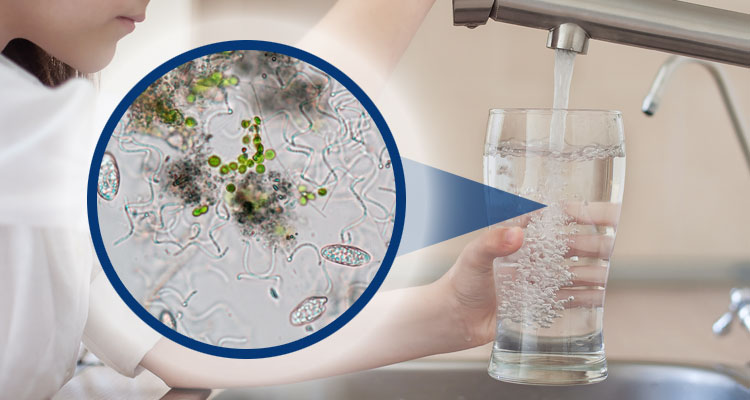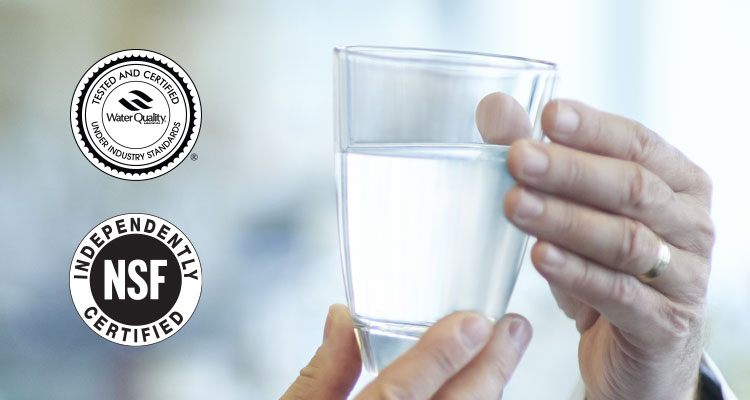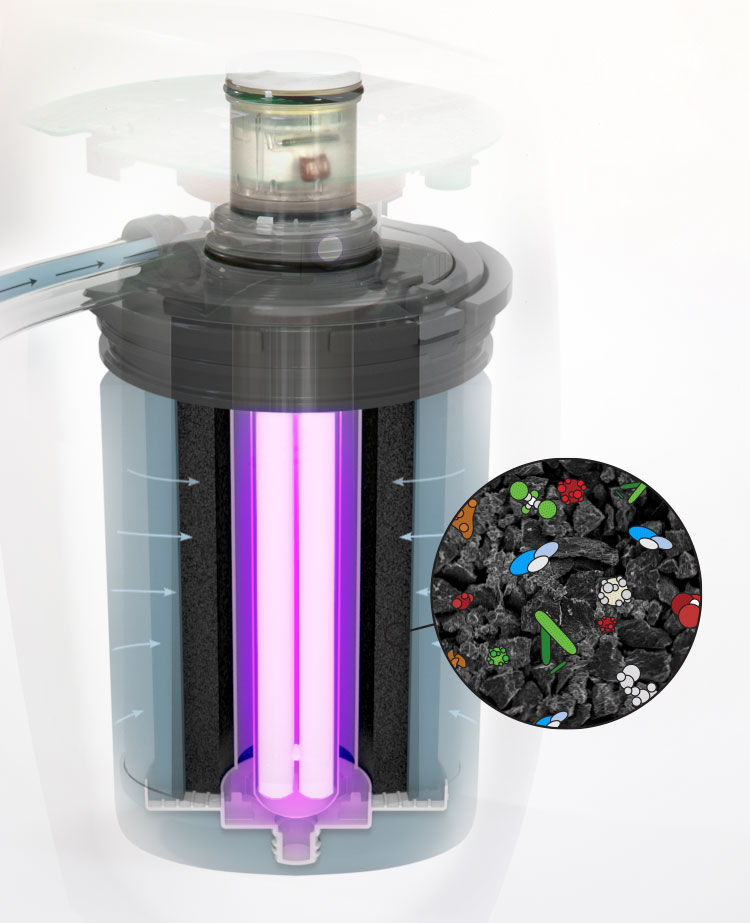
Many of us take it for granted that our water is clean – but is it really? What flows from your tap could contain numerous contaminants that you cannot see, smell or taste. Besides that, your water may also contain traces of chemicals, discarded medicines, antibiotics or other pollutants.
According to the non-profit Water Quality Association, tap water can contain as many as 18 common waterborne contaminants, ranging from aluminium to uranium. While scientists continue to study the long-term effects of these contaminants, many are known to be potentially harmful to your health.
What causes contaminated water?
Water can be contaminated in several ways like flushing waste down the toilet or pouring chemicals down the drain. For example, pharmaceuticals and antibiotics can enter the water system when unused medicines are dumped into wastewater systems or when patients eliminate them from their bodies.
Once these chemicals enter the wastewater system, they filter down directly into surface-water sources. Other contaminants may start with pesticide use or even from natural deposits in the earth.
“Contamination of water can come from a variety of sources including industry, agriculture and nature,” said Amanda Morgott, a product design engineer in research and development for Amway.
“You should only drink water deemed safe for human consumption by public health authorities, but the drinking water distribution system—including corroded pipes, roof top reservoirs, and even in-home plumbing components—can be potential sources of contamination as well.”
What this means is that your glass of water might contain lead, mercury, asbestos, radon, radon decay products, more than 30 pesticides, vinyl chloride, gasoline additives, disinfection products, suspected carcinogens, opioids and antibiotics.
“This isn’t intended to scare people about their water quality, but to make them aware of the opportunities for contamination and the benefit of having a water treatment solution in your home,” Morgott said.

How to choose a water treatment system
The Water Quality Association notes that a “point of use” water treatment system, which treats contaminants right at the tap, provides “the final barrier to the contaminants of concern before the water is consumed or used.”
Choose a water treatment system with proven effectiveness. Look for products that have been tested by third-party evaluators, such as NSF® International. NSF is an independent, not-for-profit public health organisation that aims to help people live more safely by putting consumer products through rigorous, highly controlled testing.
The eSpring Water Treatment System manufactured by Amway was the first home water purifier to feature a carbon/UV system that meets NSF International Standards 42, 53, 55, and 401, recognised worldwide for water quality.

Treat it with UV light
Besides improving the taste, odour and clarity of drinking water, the eSpring Water Treatment System has been found to reduce more than 140 potential health-effect contaminants.
The eSpring unit uses UV light to treat water without the use of chemicals. This UV light destroys up to 99.99% of waterborne disease-causing bacteria and viruses while leaving in beneficial minerals such as calcium and magnesium.
In addition, the US-patented Carbon Filter, which is made of high-quality coconut shell-based activated carbon, effectively removes more than 140 impurities.

So the next time you fill your glass with eSpring water, rest assured you’re drinking nothing but clear, cool water that is as safe as can be.
Find out more about the eSpring Water Treatment System here.